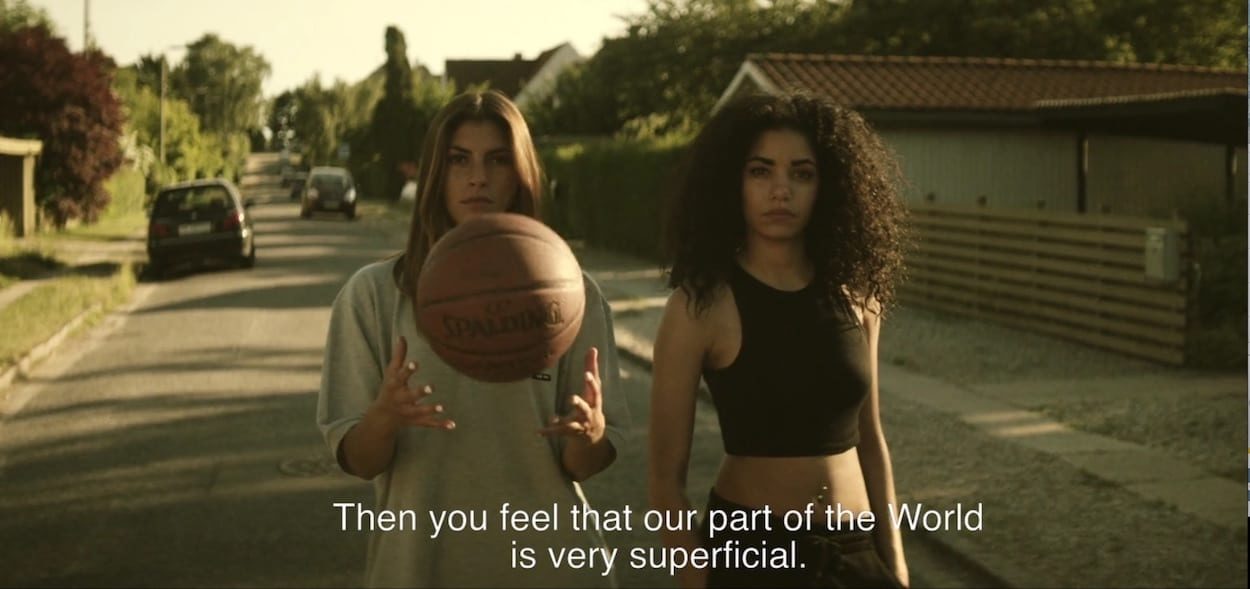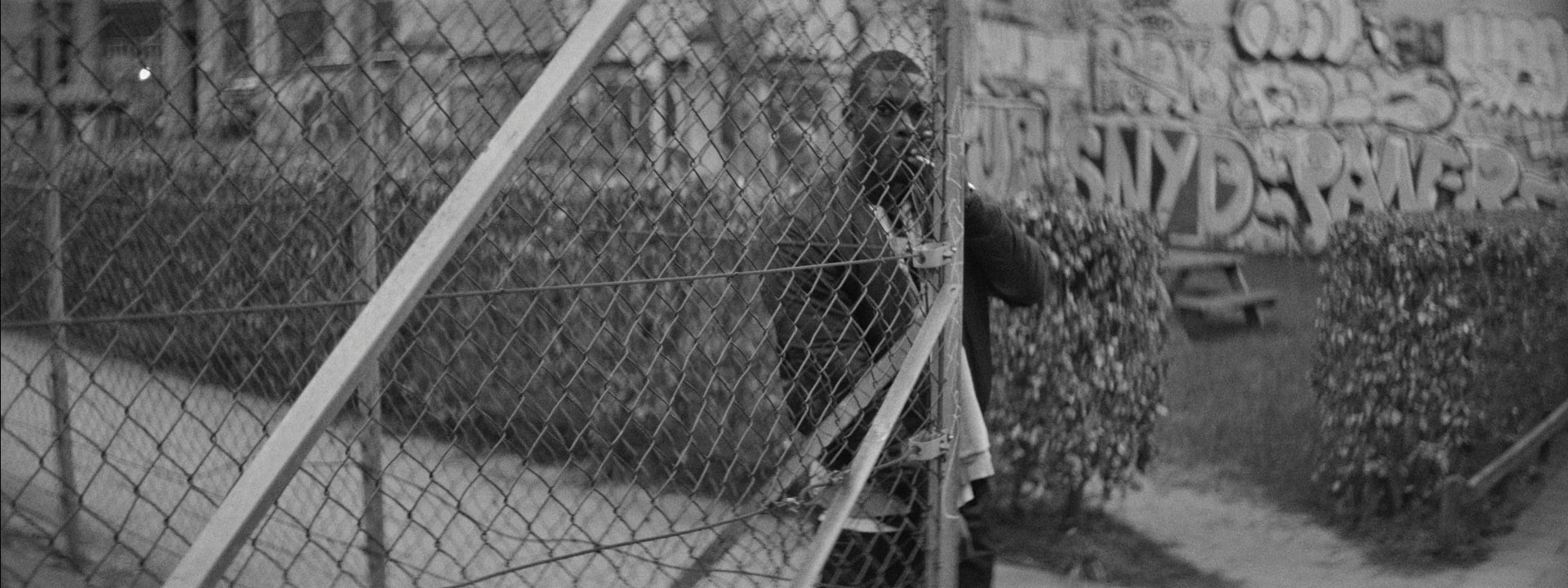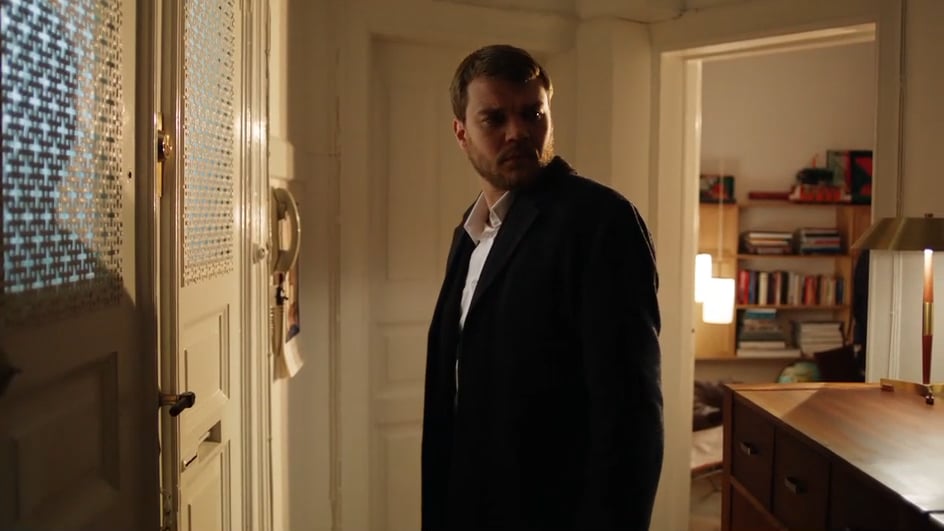Please tell us the elevator version of your background which led you to directing…
I started out at Lars Von Trier’s Zentropa Productions as an assistant editor working on his films, soon to shoot my own shorter format films and music videos in Zentropa’s film studios. I was shortly introduced to the more commercial advertising industry, which gave me new possibilities with film, through firstly Bacon in Copenhagen and recently Furlined in the US and UK.
How does your experience of working as an editor inform your filmmaking?
Naturally editing is a big part of filmmaking for me, I always tend to edit the film in my head as I shoot, or at least get ideas of how to approach the editing. I almost always edit smaller or larger parts of the films I do, as editing is so much based on emotion and musicality it’s easier to arrange the edit myself rather than describing it with words.
Your films have a very fluid, improvised feel. To what extent do you prepare in preproduction for a shoot?
I try to prepare the rough structure and the concept of each scene pretty strict and then allow myself to improvise or make up as the shoot evolves within those boundaries. Total control is uninteresting to me, while the opposite is nonsense so it’s all about the right balance. I like staying as open as possible on set, as I feel better off converting to the surroundings and atmosphere of a certain scene rather than forcing an emotion from the script. It’s about reinventing and remaking the different aspects of a film over and over until final master, which is why constantly being able to stay in the feel of the film seems so right to me. I incorporate this mindset through all of the aspects of making a film, from casting to colour correction I simply get more from the cast when I stay open to where they are and are aware of how their life can contribute to the film.
Your Le Fix picked up a slew of awards including at the 1.4 Show and Berlin Fashion Film Festival – apart from its distinctive film craft, the intelligent narrative is compelling and magically told. Please tell us about the creative process of making this film how it evolved, where you shot it, and how you resolved any challenges making it.
I had the idea of how the film should feel, I had an idea of the mood of the edit, the cinematography and how I wanted to cast, and how important it was to not know the story before we started the production. That’s how it all started and that was my initial pitch to the client which they rather surprisingly loved. So, I wanted to portray a special group of young kids living in Copenhagen and I wanted to incorporate their story, I wanted them to truly participate in the creation of the film through their own life. After my longest casting sessions ever, I found these two brothers that had something really special and honest about them and a rather daring and interesting story for the brand/client, but they immediately made me write scenes circulating around what they told me. I didn’t care about genre or making it look intentionally real or surreal I just wanted to capture the emotion they gave me and the impression they made on me.
The whole film was shot in Copenhagen over four days. I actually made a lot of last minute changes in the script, scenes and locations, as the whole feel of the film and the production was so organic and needed it logistically very challenging, but it really serves the film. The first edit was about 15 minutes long and people really loved it. So cutting out around 13 minutes was quite a shock, but the concept came out so much stronger.
Among our favourites from your reel is the Bruuns Bazaar film, Ring, particularly because of its restrained pacing, sublime imagination and mystery. Please tell us about creating this film.
It was a really tough shoot, as it’s originally shot in 3D, which is also why I wanted to make a story and an atmosphere that would slowly suck you in. I wanted to create pictures that you could investigate and really explore. I’m not a fan of 3D, as I think too much action interferes and disconnects you from the filmic experience, sometimes it even feels like literally distorting the image. But what I really liked about it were the moments where you actually gave your eyes the right time to really experience the different layers and the complexity of a picture, without sudden action or exaggerated camera movements.
The film is about entering another dimension to find something lost, it’s about the mystery of marriage. Under here the film opens in handheld 2D and blends into steady 3D, as this other dimension unfolds.
There’s a real incamera, rather than CGI, feel to your films and yet sometimes you use effects for instance the lighting effects in Karma for Red Cross Youth. Do you work in a lowtech way with a limited crew? Are you always experimenting with new techniques? Are there any results you feel particularly pleased with?
When I started making films I experimented a lot with CGI in many different ways, so I’ve always been aware of its possibilities and limitations. In general, when effects get visually noticeable without it being a part of a wider filmic concept, they don’t really work for me, which made me even more picky on CGI and eventually dragged me towards creating something that just had to feel real.
I don’t really think in incorporating effects, I just want to serve the film in the best possible way and make it live with whatever filmic elements necessary. I think that new ideas always attract new techniques or new ways of using technology around film. It always, somehow, has to feel like this is the first time you’ve ever made a film, every time you go on set.
The lighting effects in Karma are actually very low-tech and very real it’s simply a projector bursting a short clip of animated colours right in the faces of the actors. Sometimes I “helped” the animation on set, playing with my fingers in front of the projector in order to make the animation feel even more organic and random.
The way that I work feels best with a limited crew, although sometimes a certain film calls for a bigger crew. But generally everything gets more intimate with smaller crews and they are able to follow quicker, change pace with you and work way more dynamically.
Do you sleep soundly the night before a shoot?
In the beginning I didn’t, but now it’s ok for the most. It doesn’t really matter though, because when on set you enter a different state.
What were the key lessons you learnt about film making while working at Lars Von Trier’s Zentropa Productions?
I learned the basics of professional filmmaking, what it takes to cover a scene, the importance of editing.
You have recently signed to Furlined in the US and UK. What was it about the production company’s culture that appealed to you?
Furlined has a totally unique way of working with directors, on a level that I’ve never seen or heard of before. It really blew my mind and made me see the possibilities of my future films and where I wanted to go creatively. Very importantly, this is a place where I am allowed to be myself entirely which actually is pretty rare to me.














